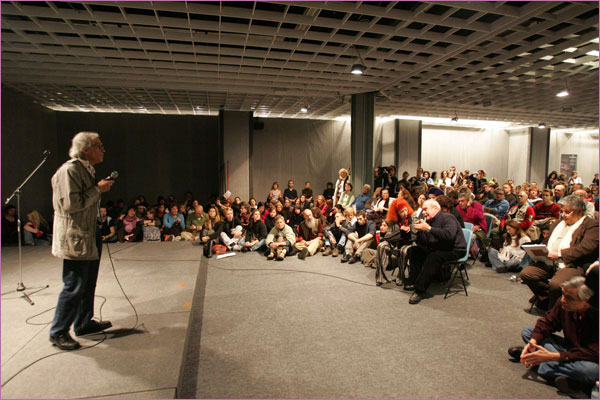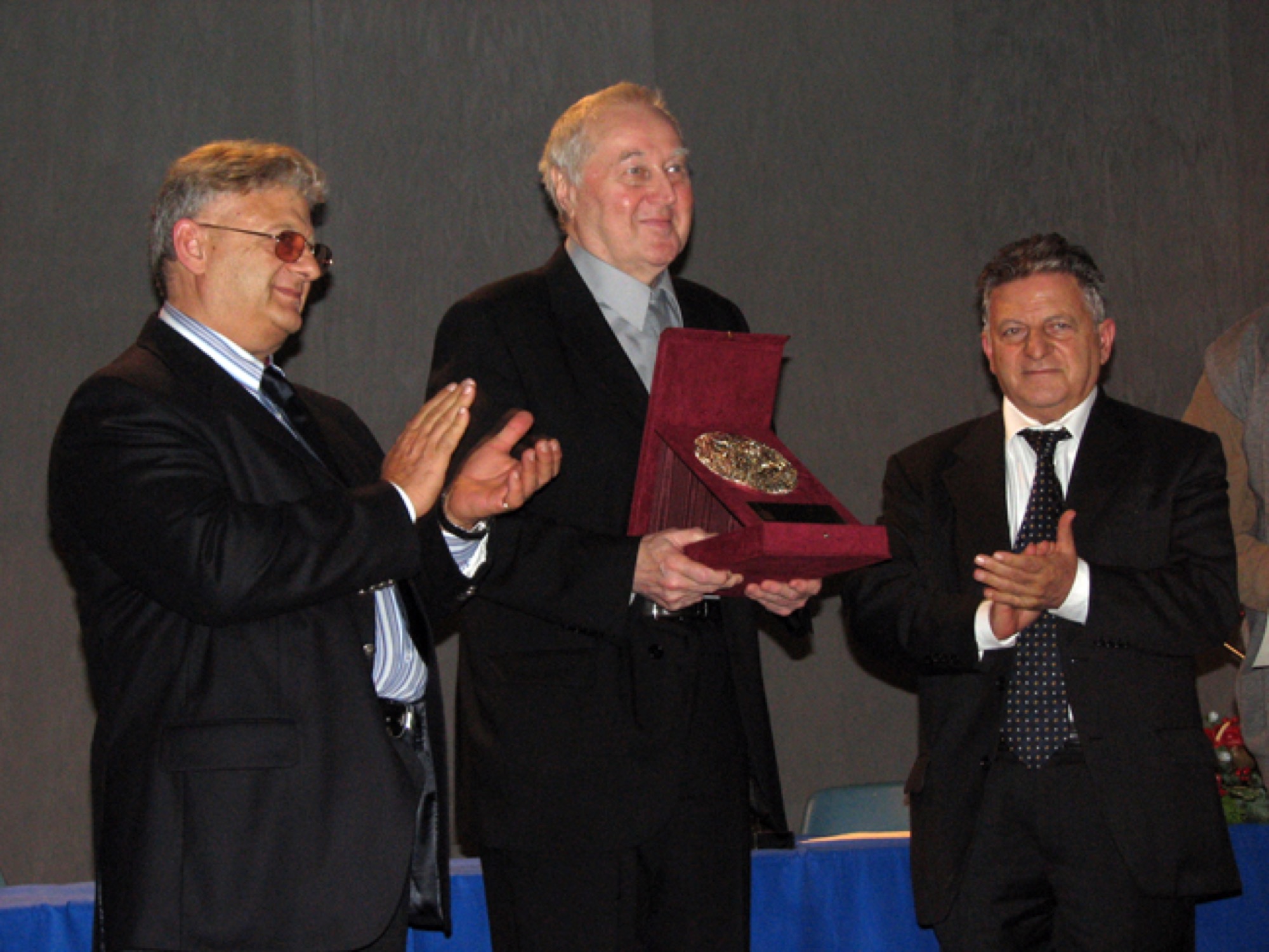2005 EDITION - FB

Language Selector
FLORENCE BIENNALE
18 - 26 OCTOBER, 2025
Fortezza da Basso
Viale Filippo Strozzi 1, Florence FI
Opening to the public Saturday 182 pm
Office hours:
- From Monday to Friday9 am to 5 pm
- Saturday and SundayClosed
CustomWidgetTemplate
2005 EDITION
Meeting between contemporary and tradition
The fifth edition of the Biennale witnessed widespread participation by the public as well as the presence of artists from over 80 countries.
In this multiplicity of nations and cultures, the Biennale exhibited the works of artists in the most different phases of their career. One of the founding values of the event is the promotion of respect and tolerance among all artists in the world, showing a pluralistic view of the content of techniques and artistic experiences.
The Florence Biennale was created to allow artists from all over the world to exhibit in a city that is an international centre of reference for art and culture, maturing an experience of exchange and mutual enrichment and participating directly in the events organized in the days of its development. Creating synergy between the appointment of contemporary art and the Florence of museums and permanent collections of works of art was one of the most significant aspects of the event, also continuing in subsequent editions.
Those of the fifth edition were unforgettable days, full of moments of deepening that attracted an impressive number of fans, artists and visitors.
Examples of these occasions were the conferences organized by Gregorio Luke, Director of the Museum of Latin American Art in Long Beach California, by Rosa Tejada from the Metropolitan Museum of New York, and by R. B. Bhaskaran, president of Lalit Kala Akademy, the Indian National Academy of Art.
The event also welcomed artists of undisputed prestige such as Christo and Jeanne-Claude and Richard Anuszkiewicz, who received the “Lorenzo il Magnifico” for Lifetime Achievement Award.

Christo and Jeanne-Claude at the Florence Biennale
The presence of the internationally renowned Christo & Jeanne-Claude at the V edition of the Florence Biennale was greeted enthusiastically. To be particularly appreciated by participating artists and visitors was the conference held by the two artists, accompanied by large screen projections that illustrated the fascinating though complex work, through unpublished drawings of the project Over the River.
Christo and Jeanne-Claude’s environmental and civic art projects have placed them among the most famous and influential contemporary artists. The way in which they obtained financing for their projects was just as innovative as their art: in order to maintain their artistic and intellectual independence, Christo and Jeane-Claude had never accepted financial contributions or sponsors. The expenses for their installations were supported by the proceeds from the sale of Christo’s art works, especially his preparatory designs and miniature models.

Tribute to the Turin Olympic Torch 2006
In view of the 2006 Turin Winter Olympics, the exhibit showcased the Olympic Torch, designed by Pininfarina and a symbol of universal peace and brotherhood, in a dynamic and innovative shape. By developing a unique combustion system that guarantees at the same time stability, extinguishing resistance and visibility, the form that the team of Pininfarina has realized had the characteristics of a technologically advanced instrument and the essential and pure line of the work of art. The Florence Biennale wanted to underline, in addition to the technological and artistic value, also the extrinsic image of the Olympic Games, an important vehicle for friendship and peace among peoples.
The “Lorenzo il Magnifico” Life Achievement Award was given to TOROC, the company organizing the Winter Olympics.
The Triennial of India and the Florence Biennale
This edition also took on an even greater international character thanks to its collaboration with the Triennial of India, which offered great opportunities to Indian and Asian artists. In a special exhibition in honour of this collaboration between the two events, the guest artists were R.B. Bhaskaran, president of the Jury of the Triennial, Heri Dono (Indonesia), Manu Parekh and Mahendra Pandya.
The Triennial of India, considered the largest platform of its kind in the region, attracts hundreds of artists and experts from various continents and from various parts of India and in the 2005 edition hosted about 300 original works of 167 artists belonging to different cultural contexts with specific aesthetics and sensibilities. Like the Florence Biennale, it celebrates the plurality of cultures and the inter-connectivity of different art forms.
The Turku Biennial
The collaboration between the Biennials of Turku and Florence began in December 2003, when the painter Melora Kuhn was chosen to take part in the Turku Biennial in 2005 representing the Florence Biennale. The exchange between the two Biennials was completed in this edition with the exhibition of the artist Tatu Hiltunen at the Fortezza da Basso.
Artistic Director: John T. Spike
Patronages
Ministry of Foreign Affairs
U.S. Embassy
International Jury
Elza Ajzenberg – Director of the Contemporary Art Museum of São Paulo (BRAZIL)
R.B. Bhaskaran – Artist (INDIA)
Veronika Birke - Deputy Director of the Graphische Sammulung Albertina of Vienna (AUSTRIA)
Stefano Francolini – Director of the Davanzati Museum of Florence (ITALY)
Barbara Rose – Art Historian and Art Critic (USA)
David Rubin – Visual Arts Curator at the Contemporary Arts Centre of New Orleans (USA)
Julian Zugazagoitia – Director of El Museo del Barrio (USA)